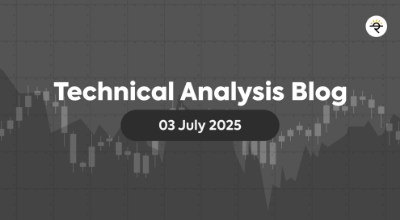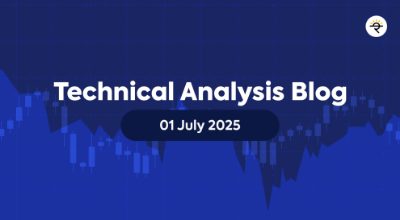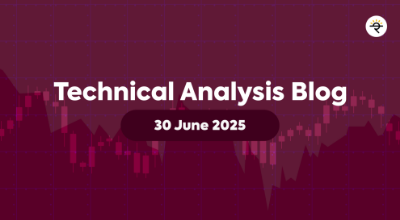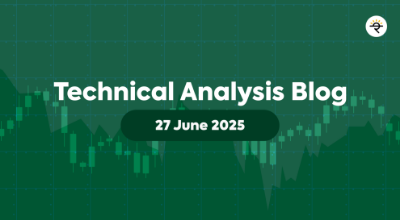In technical analysis, chart patterns often provide clues about future price direction. One such highly effective reversal pattern is the Triple Bottom. Whether you're just starting out or already have trading experience, learning to recognize and trade the triple bottom pattern can give you an edge, especially in volatile or trend-reversal conditions.

A Triple Bottom Pattern occurs after a prolonged downtrend, signaling a potential shift from bearish to bullish sentiment. It is formed when the price hits the same support level three times, failing to break below it, and then finally breaks out above the neckline (resistance level), confirming the reversal.
Support Level: This is a horizontal zone where price finds repeated buying interest. In a triple bottom, price touches this support three distinct times with roughly equal lows, indicating a strong demand zone.
Neckline (Resistance): The highs formed between each of the bottoms usually form a horizontal resistance, called the neckline. A breakout above this neckline is the key confirmation signal.
Breakout: The breakout happens when the price convincingly closes above the neckline, often with increased volume, indicating the bears have lost control and bulls are taking over.
How to Trade a Triple Bottom Pattern
Entry Point
- Enter the trade when the price closes above the neckline with strong volume.
- Look for a bullish candle that breaks the neckline and holds above it — not just a wick or intraday spike.
- A better way can be to enter 50% of your quantity at breakout and 50% after a confirmation candle.
Target Price: There are a few ways to estimate the target:
- Chart-based method:
- Measure the distance from the support (bottom) to the neckline.
- Add this height to the breakout level.
Target = Neckline + (Neckline - Support) - Fibonacci Extensions or Pivot Points can also help project upper resistance levels post-breakout.
- A stop-loss can be placed just below the support (bottom of the pattern).
- A tighter stop-loss option is the low of the breakout candle or the most recent swing low before the breakout.
- The price pulls back toward the neckline but holds above it.
- A bullish candlestick forms at or near the neckline, showing renewed buying interest.
- Volume often contracts during the pullback and expands again when the uptrend resumes.
- A bounce from the neckline after the retest followed by a higher close signal that bulls remain in control.
- Traders can consider adding to their position or entering afresh on the successful retest with a stop-loss just below the neckline.
- Before forming the triple bottom pattern, stock must be in a downtrend.
- Confirm the pattern with volume: Breakouts accompanied by volume expansion are more reliable.
- Use momentum indicators like RSI or MACD to validate a potential bullish reversal.
- Patience is key: Triple bottom patterns take time to form, so wait for full confirmation before entering.
- Consider broader market sentiment — these patterns work best in trending or recovering markets.



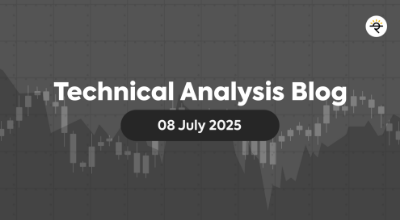



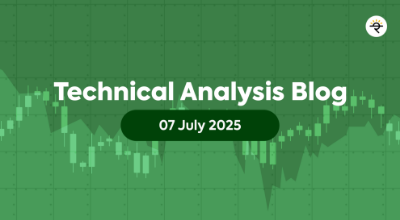



_400.png)



